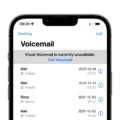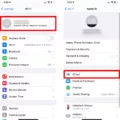
Are you looking for a way to log into your Mac without using your mouse? In this guide, I will show you how to do that, as well as how to quickly log out of your Mac using efficient and fast shortcuts. Let’s get into it!
Essential Shortcuts for Mac Login
Although there isn’t really a shortcut for logging in, as you would need to enter your password, there is a shortcut for logging out. This is useful if you want to quickly prevent someone from seeing your screen, for example, or if you want to lock your screen quickly for any other reason.
Press on the Control + Command + Q buttons at the same time on your keyboard to lock the screen. You will instantly be taken to the lock screen.
If you want to not only lock the screen but also log out, you can use the Shift + Command + Q logout shortcut. This takes a bit longer and also closes all applications; you will also be asked to confirm if you want to log out. If you need to lock your screen instantly and don’t want to close all of the open application, use the Control + Command + Q shortcut.
Accessing the Login Screen Without a Mouse
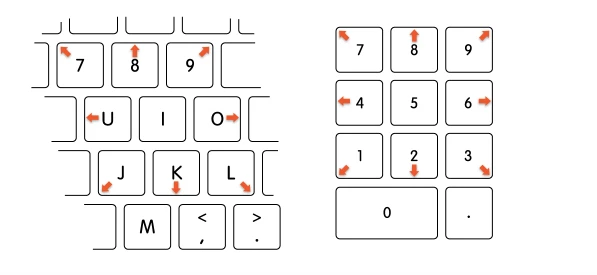
Are you looking for a way to log in without a mouse on your Mac? It’s usually fairly easy, as when you boot up, you’re taken straight to the login page, where you can enter your password using the keyboard and click on the Return key to log in.
However, you can also make use of Mouse Keys, which is one of your Mac’s accessibility features that allows you to use your keyboard keys to move the mouse pointer around. This can help you control the pointer and select different accounts without a mouse. To toggle Mouse Keys on, press the Option button five times. Press the Option button five times again to turn it off.
Note that when Mouse Keys is on, you can’t enter your password with your keyboard, as your keyboard will only be able to move the pointer. You will need to toggle it off by clicking on the Option key five times if you want to enter in letters or numbers again using the keyboard.
For an illustration of which keys can be used to move the pointer in which directions, see the figure above, depending on the type of keyboard you have. Note that to click on the mouse, press on 5 or I, depending on your keyboard.
Enabling and Customizing Keyboard Navigation
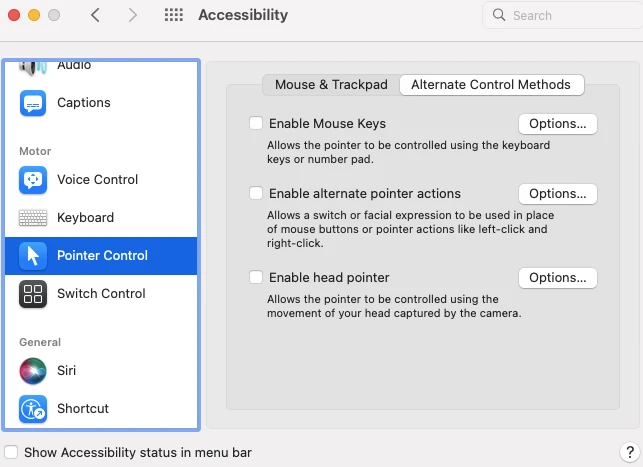
Go to System Settings > Accessibility > Pointer Control > Alternate Control Methods to enable Mouse Keys and customize the settings, such as whether the normal trackpad should work when Mouse Keys is enabled. To customize the options for Mouse Keys, click on “Options.”
You can also enable other forms of alternative controls in the Pointer Control menu, such as shortcuts for right-clicking and left-clicking and even using your head or facial expressions to control the mouse.
Troubleshooting Login Issues
If your Mac is unresponsive during startup, or you are having login issues, try these tips:
- Forcefully restart your Mac by pressing the power button until it shuts down and then restarting it.
- Press the Option key five times to control your mouse with Mouse Keys if your touchpad or mouse is unresponsive.
- Press and hold Command + R while starting up to boot up into Recovery Mode. In Recovery Mode, you can reinstall macOS, repair your storage, and more.
- Press and old Option when starting up to choose which disk to start up from (this is helpful if you have several disks or operating systems, such as Windows and Mac with Bootcamp).
- Press and hold Shift to start up in Safe Mode.
- Press and hold D to start up with the Apple Diagnostics tool (for advanced users).
Customizing Auto-Lock and Login Settings
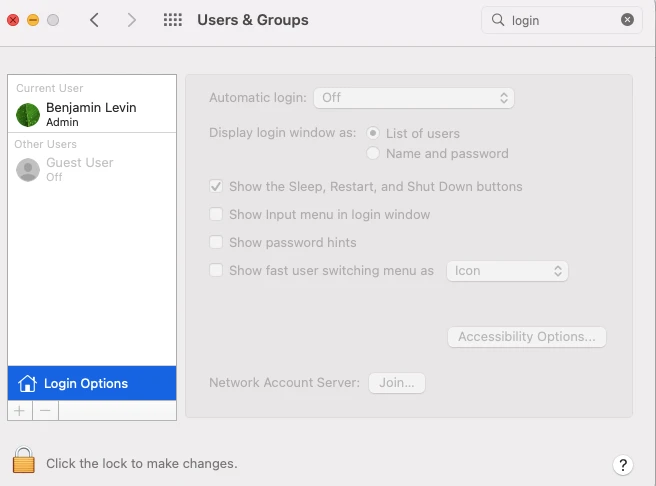
In System Settings > Battery, you can adjust how long your Mac waits before your display goes off.
In System Settings > Security & Privacy, you can adjust how long after your Mac’s screen goes off for it to take before your Mac will require a password to log in again. There, you can also change your password. A good Mac security tip is to use a secure password that is hard to guess and which does not contain personal information.
In System Settings > Users & Groups, you can also customize your login options for yourself and other users, such as whether to show password hints and other options that can be shown on the login screen.
Using Shortcuts Beyond Login
There are plenty of other useful Mac shortcuts you should know as well! Here are just some of the more useful ones:
- Control + Option + Command + Power Button: Quits all apps and shuts down your Mac.
- Control + Command + Power Button: Forcefully restarts your Mac.
- Control + Shift + Power Button: Puts your displays to sleep.
- Option + Command + D: Hide or display the dock.
- Command + N: Open Finder in a new window.
For a full list of all of the keyboard shortcuts on your Mac (there are a lot of them!), see here.
Advantages of Keyboard-Only Control
Keyboard-only usage on your Mac offers several benefits. The benefits of keyboard shortcuts include efficient Mac navigation, such as the ability to save time by opening, closing, and navigating through folders easily. It saves time and makes using your Mac a breeze! Mouse Keys, in particular, can be helpful if your mouse is not working or for those with accessibility challenges.
Conclusion
I hope these Mac login tips were useful. Furthermore, I recommend using the efficient Mac shortcuts mentioned above to improve your productivity while using your Mac. I love how shortcuts make my day easier when working online, studying, and gaming!





